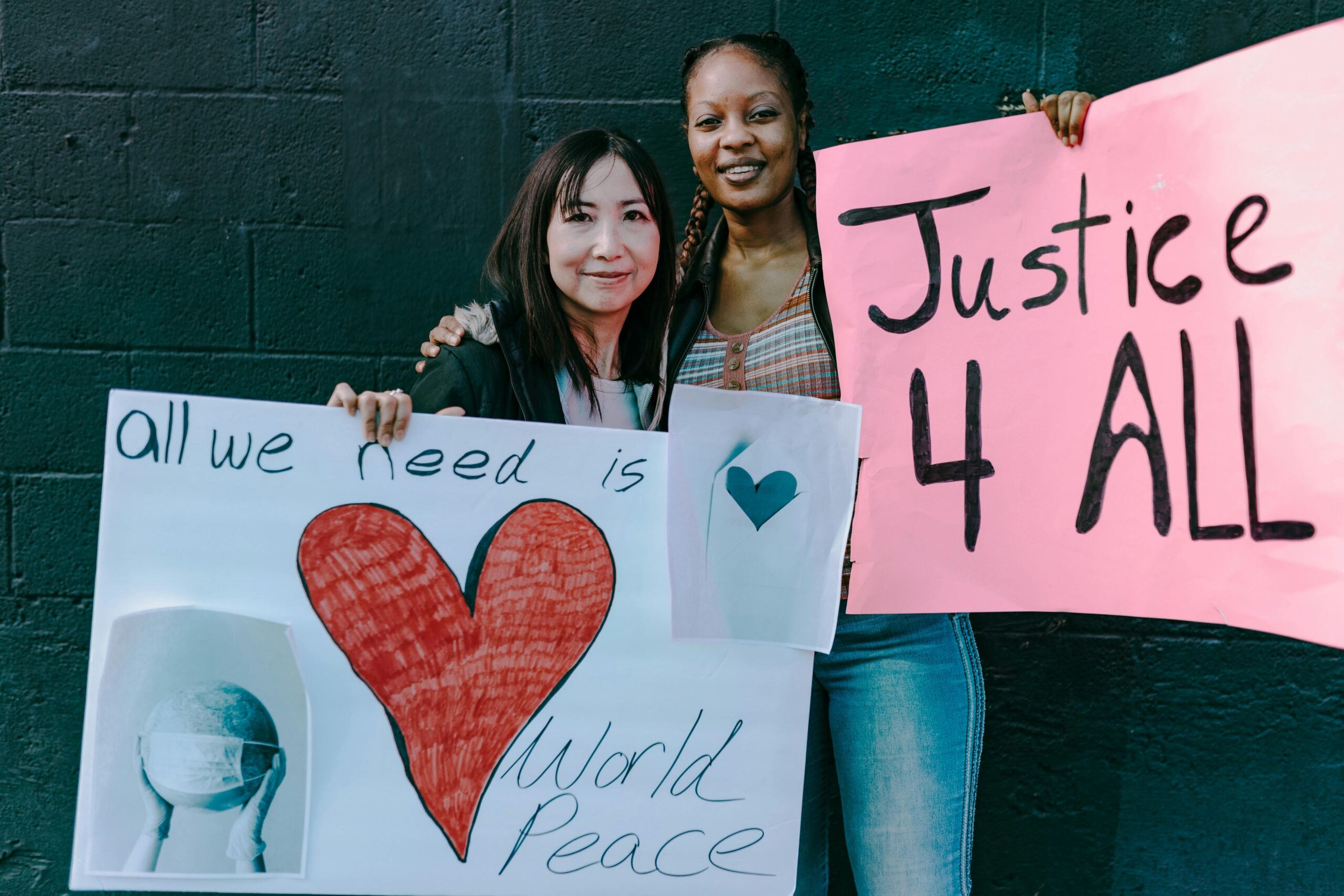
Women’s History Month
Women’s History Month is a time to celebrate the accomplishments and contributions of women throughout history while recognizing the journey to these accomplishments. This month serves not only as a tribute to women’s successes but also as a reminder of the ongoing struggles many women face in their pursuit of equality and recognition.
In this blog post, we’ll explore the significance of Women’s History Month, the importance of intersectionality in celebrating women’s achievements, and the exceptional contributions of Canadian women in various fields.
Significance of Women’s History Month
The origins of Women’s History Month are deeply intertwined with the labour movement and the fight for women’s rights in the workplace. One of the most pivotal moments in this history was the tragic Triangle Shirtwaist Factory fire in 1911, where 146 garment workers, mostly immigrant women, lost their lives due to unsafe working conditions. This disaster fueled a surge in labour activism, led by women who demanded better wages, hours, and working environments. The fire, alongside the growing women’s labour movement, inspired the first observance of International Women’s Day in 1911, bringing attention to the critical role women played in shaping labour reforms.
By the late 1970s, the focus on women’s contributions—especially in the workforce—led to the establishment of Women’s History Week in the U.S., and in 1987, Congress expanded it to the full month of March. Canada recognized Women’s History Month in 1992, continuing to highlight the legacy of women in the labour movement and their enduring impact on social and economic justice and the role of women in society.
Intersectionality and Including All Women
A critical aspect of celebrating Women’s History Month is understanding the importance of intersectionality, a concept introduced by legal scholar Kimberlé Crenshaw in 1989. Intersectionality refers to the ways in which different aspects of a person’s identity—such as race, class, sexuality, and disability—interact and influence their experiences of privilege or oppression. Women’s experiences are not uniform, and many women face overlapping forms of discrimination based on multiple facets of their identity.
To truly honor women’s accomplishments, we must actively seek out and include the voices and perspectives of marginalized women and girls, such as women of colorrans women, in particular, face unique barriers, including widespread discrimination in healthcare, employment, and housing, as well as heightened risks of violence and social exclusion. Recognizing the successes of all women means not only celebrating their individual achievements but also advocating for structural changes that address the intersecting challenges they face, ensuring their voices are heard and their rights are protected.
Diversity in leadership and team composition plays a crucial role in this effort. Diverse teams are better equipped to understand and address the needs of a broader range of communities. In addition, collaborating with Women’s Rights Organizations that focus on marginalized communities helps ensure that the voices of all women are heard and valued.
For example, organizations like Native Women’s Association of Canada (NWAC) and Black Women in Motion focus on supporting Indigenous and Black women, respectively, in their efforts to achieve social, political, and economic equity. Partnering with such organizations amplifies the voices of women who are often left out of traditional Women’s History Month celebrations.
By embracing intersectionality, we can ensure that Women’s History Month is an inclusive celebration that truly values the diversity of women’s experiences and successes.
Canadian Women’s Progress and Achievements
Canada is home to countless women who have made significant contributions to society in areas such as politics, business, the arts, and sciences. Their achievements have helped shape Canada’s national identity and have had a profound impact on the global stage.
In politics, women like Kim Campbell, who became Canada’s first female prime minister in 1993, and Rosemary Brown, the first Black woman elected to a provincial legislature, have paved the way for future generations of women in leadership. Their determination to break through barriers has inspired others to follow in their footsteps and pursue leadership roles in a field dominated by men that controls so much of our society’s outcomes.
In the arts, women like Emily Carr, an iconic Canadian artist and writer, and Kenojuak Ashevak, a pioneering Inuit artist, have made lasting contributions to Canadian culture. Both Carr and Ashevak used their artistic voices to challenge societal norms and promote inclusivity, while their creations continue to inspire and highlight the importance of diversity in Canadian art and culture.
Canadian women have also excelled in the sciences, with individuals like Dr. Roberta Bondar, the first Canadian woman to travel into space, and Dr. Maydianne Andrade, a leading entomologist and advocate for diversity in STEM (science, technology, engineering, and mathematics) fields. These women have made groundbreaking discoveries and have challenged gender stereotypes in male-dominated industries, creating more opportunity and participation for women.
Beyond individual achievements, Canadian women have played a key role in advancing causes like gender-based violence prevention, economic development, and girls’ empowerment. Organizations like the Canadian Women’s Foundation and Women’s Shelters Canada have made significant strides in addressing gender-based violence, supporting survivors, and advocating for policy changes. These organizations, often led by women, have helped create safer environments for women and girls and have empowered them to achieve their full potential.
Women in Canada are playing key roles in driving economic development and promoting inclusive leadership. Business leaders like Arlene Dickinson, a venture capitalist and entrepreneur, have highlighted the value of women’s perspectives in decision-making and inspired many to pursue careers in entrepreneurship. Similarly, Michaëlle Jean, former Governor General of Canada, has championed the inclusion of underrepresented groups in leadership, promoting dialogue across cultural and racial divides. Both women have demonstrated the importance of inclusive leadership in building a more equitable society.
Celebrating Women’s Achievements
When celebrating women’s achievements, it’s crucial to go beyond surface-level recognition and avoid tokenism. Tokenism occurs when women’s successes are highlighted in a superficial or symbolic way, often just to appear inclusive or meet an obligation, without acknowledging the true challenges they’ve faced. To avoid this, we need to genuinely recognize the barriers women have historically and continue to overcome—such as discrimination, unequal opportunities, and systemic biases. True celebration means understanding the depth of their contributions, including the hard work, sacrifices, and resilience behind their achievements, and committing to meaningful, ongoing support.
Conclusion
As we celebrate Women’s History Month, it’s essential to reflect on the significance of women’s accomplishments and the need to recognize these successes in a meaningful and genuine way. Women’s contributions have shaped every aspect of society, and by avoiding tokenism and embracing intersectionality, we can ensure that the achievements of all women—particularly those from marginalized communities and equity-deserving groups—are valued.
Canadian women, in particular, have made tremendous strides in areas like gender-based violence prevention, economic development, and inclusive leadership. Their successes serve as a testament to the power of women and the importance of celebrating their accomplishments not just during Women’s History Month, but throughout the year.
Let’s continue to celebrate, recognize, and elevate the achievements of women across all sectors, ensuring that their contributions are acknowledged and appreciated in all their diversity.

